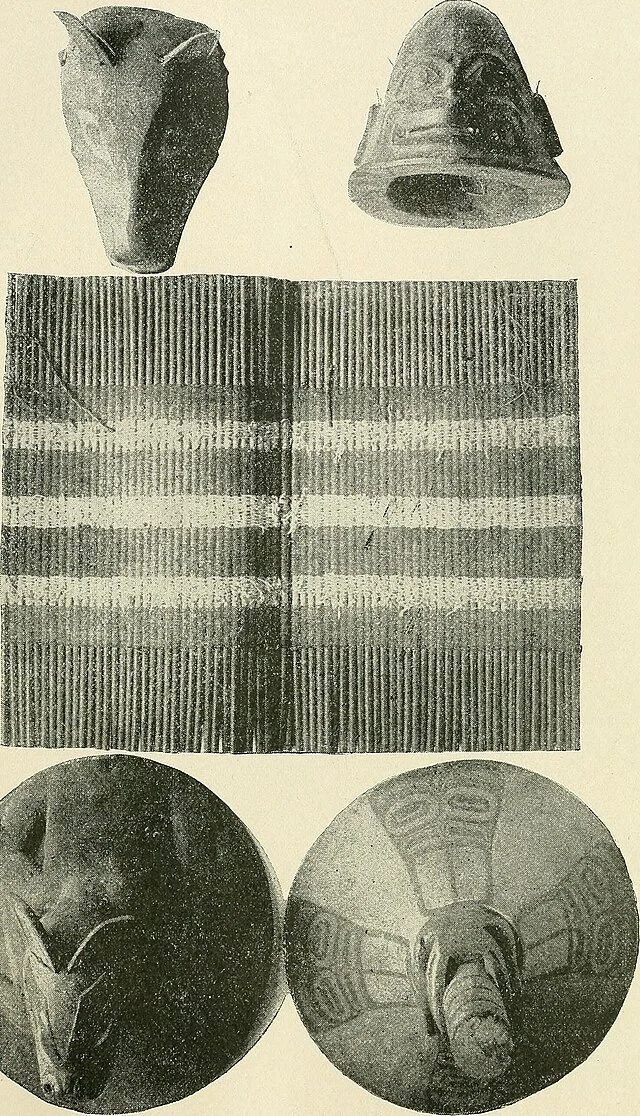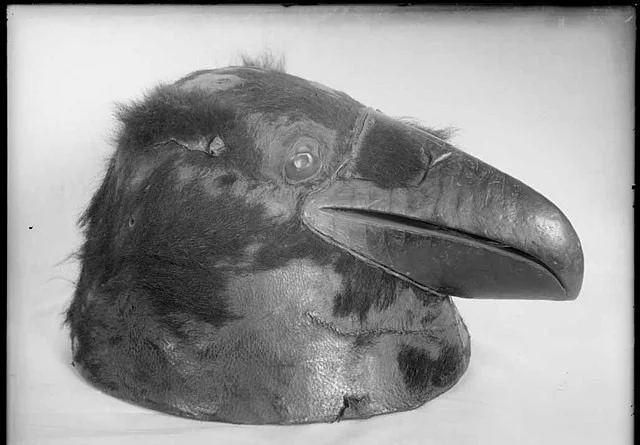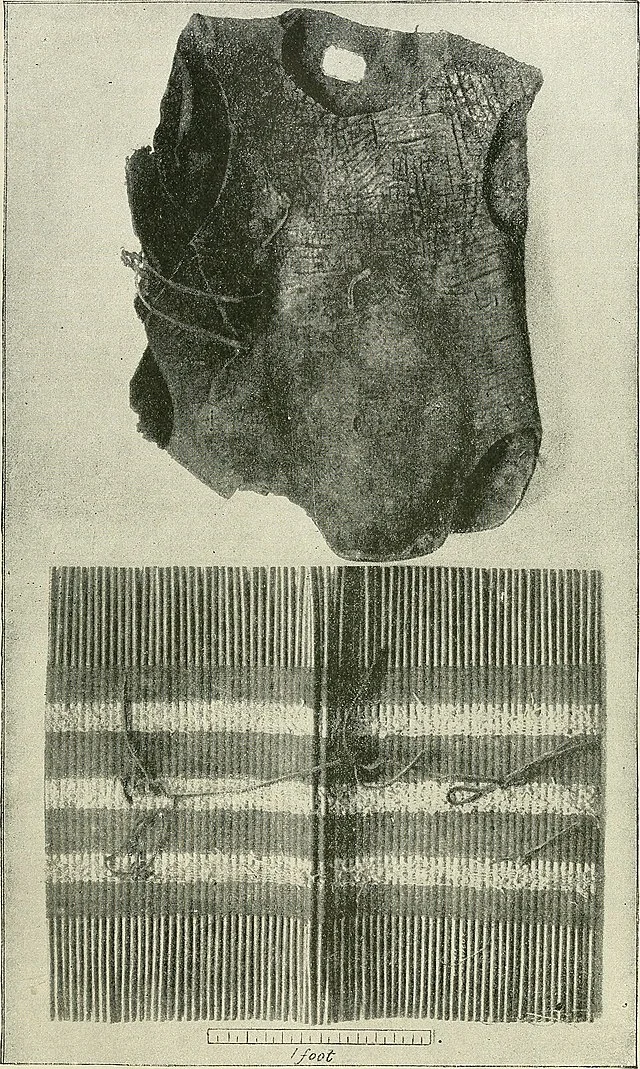The Tlingit wooden armor, used by the indigenous Tlingit people of the Pacific Northwest, reflects their ingenuity in warfare. This armor is a rare example of protective gear made primarily from natural materials like wood, leather, and iron. It served both practical and ceremonial purposes during periods of conflict and cultural exchange with Russian and European settlers in the 18th and 19th centuries AD.
Get your dose of History via Email
Design and Materials

The Tlingit armor was designed to offer protection in close combat while allowing the wearer mobility. It consisted of wooden slats, often made from hardwoods like yew or maple. These slats were bound together with cords made from sinew or plant fibers. The armor also featured iron plates, which were acquired through trade with Russian settlers. Over time, the Tlingit adapted European materials into their traditional armor design, making it stronger.
The design of the armor incorporated a chest plate, back protection, and shoulder guards. Warriors wore additional protection in the form of leather helmets, often decorated with animal motifs like wolves or eagles. These symbols represented the warrior’s clan and their spiritual connection to these animals.
Usage in Warfare

The Tlingit people engaged in both intertribal warfare and conflicts with Russian settlers during the late 18th and early 19th centuries AD. The wooden armor gave them an advantage in hand-to-hand combat. The thick wooden slats could deflect arrows, spears, and other weapons used by enemy tribes and Russian forces.
During the Battle of Sitka in 1804 AD, a key conflict between the Tlingit and Russian colonists, Tlingit warriors wore this armor while resisting Russian advances. While they were eventually defeated, their armor played a crucial role in extending the battle and protecting their warriors.
Cultural Significance
Beyond its practical use in battle, Tlingit wooden armor had deep cultural meaning. The materials used, such as iron plates, demonstrated the Tlingit’s ability to adapt foreign goods into their own traditions. The decoration on the armor, particularly the clan symbols, highlighted the importance of identity and heritage in Tlingit society. The intricate designs were not merely for show; they signified the warrior’s connection to their ancestors and their role within the tribe.
Decline of Use
By the late 19th century AD, the use of wooden armor began to decline. The introduction of firearms made traditional wooden armor less effective in combat. Moreover, increased contact with European and American settlers led to the adoption of new technologies, including modern weaponry and clothing. Despite its decline in use, Tlingit wooden armor remains a powerful symbol of the tribe’s resistance to colonization and their cultural resilience.
Conclusion
The Tlingit wooden armor is a remarkable example of indigenous craftsmanship and cultural adaptation. It provided effective protection during conflicts while also reflecting the deep cultural values of the Tlingit people. Though it is no longer used in combat, its legacy endures in museums and cultural heritage sites, where it stands as a testament to the ingenuity and resilience of the Tlingit people.
Source:

